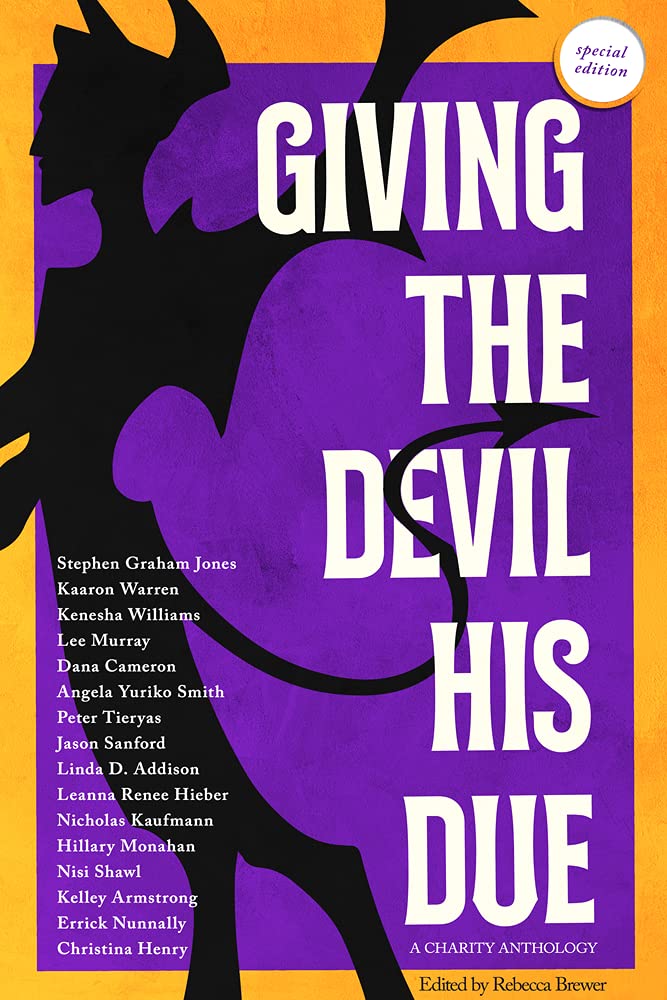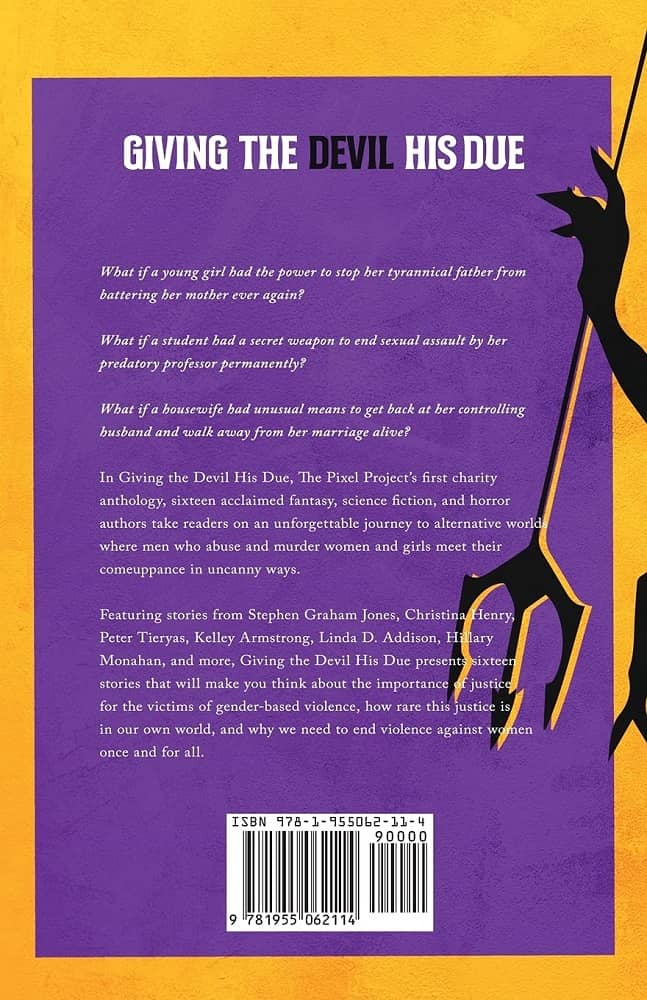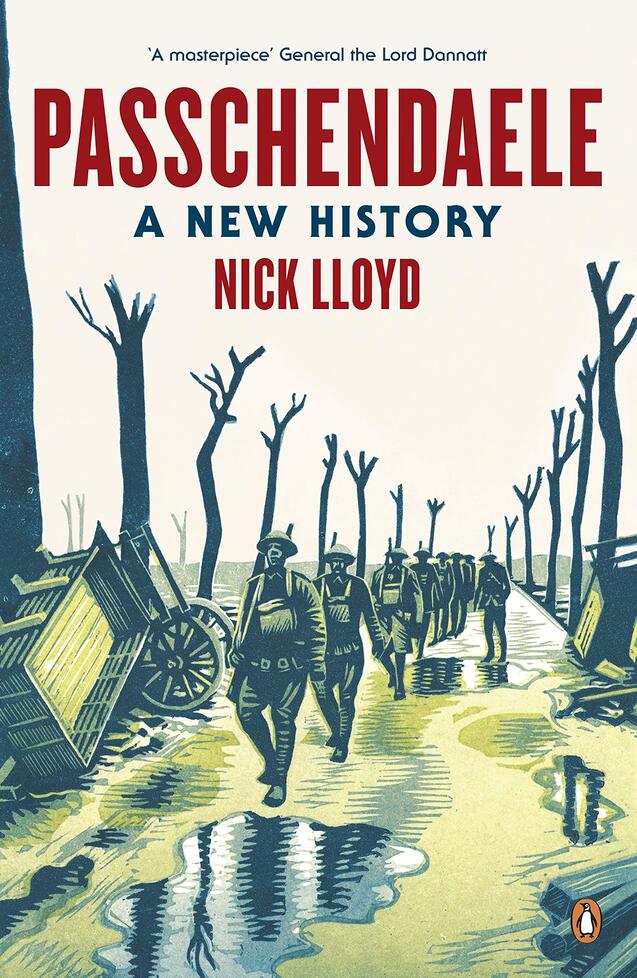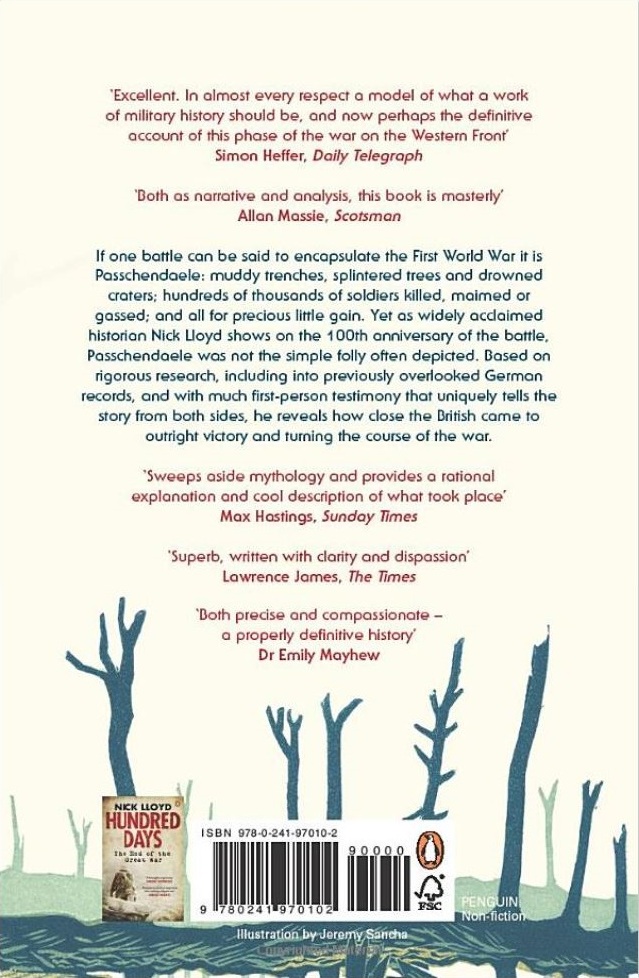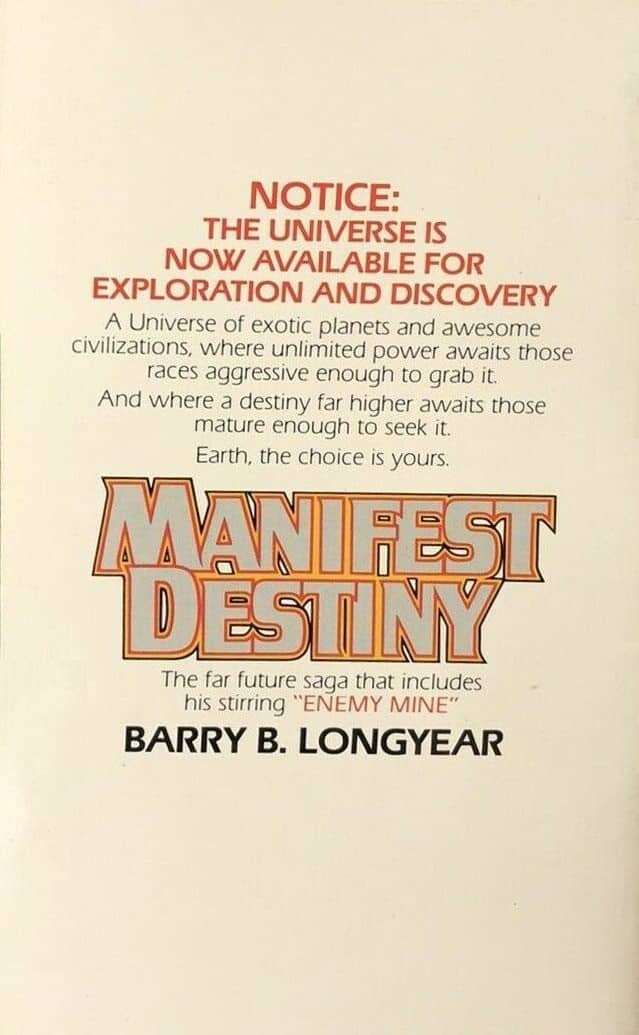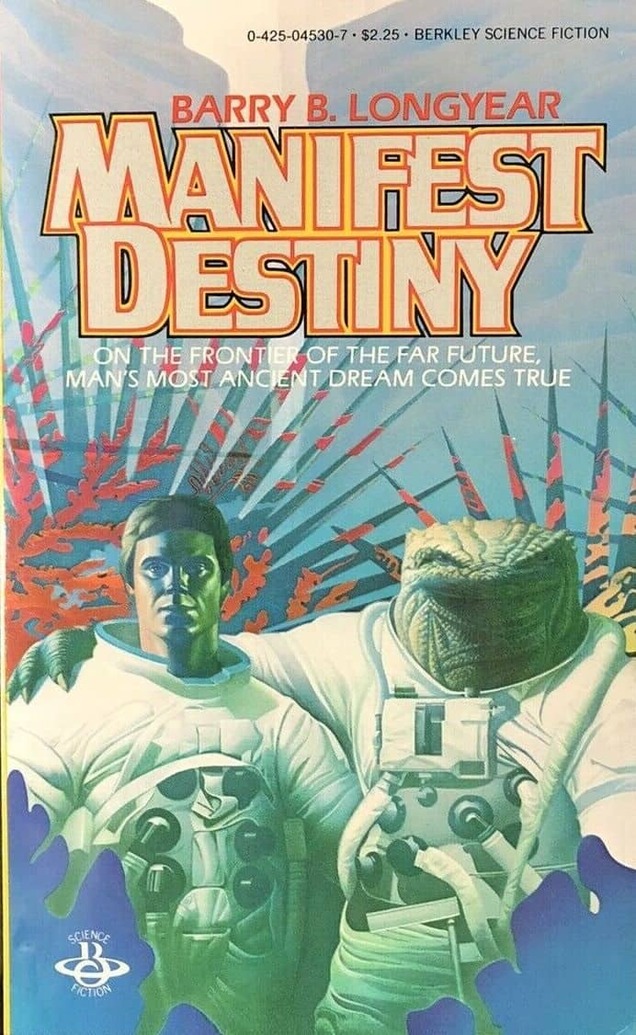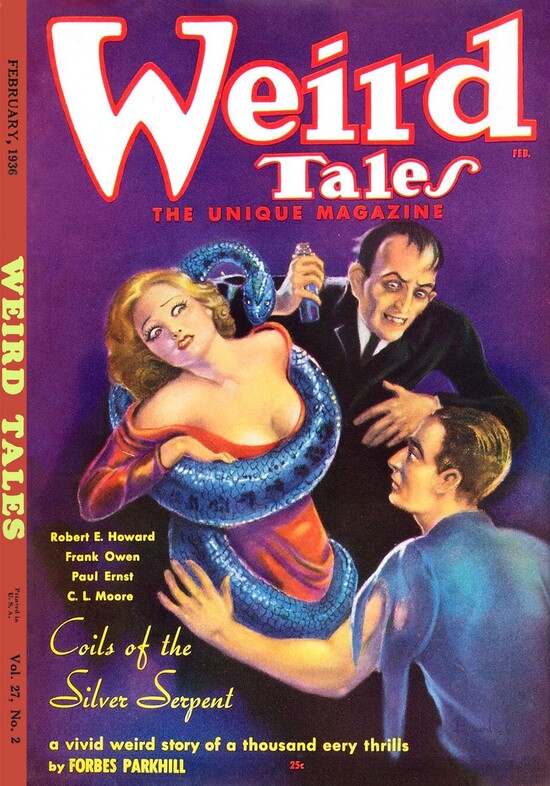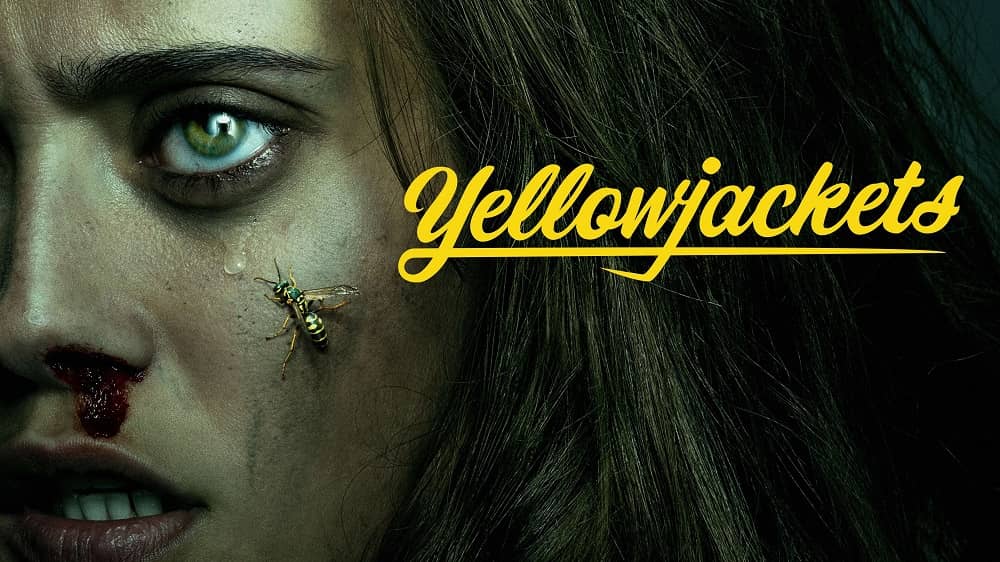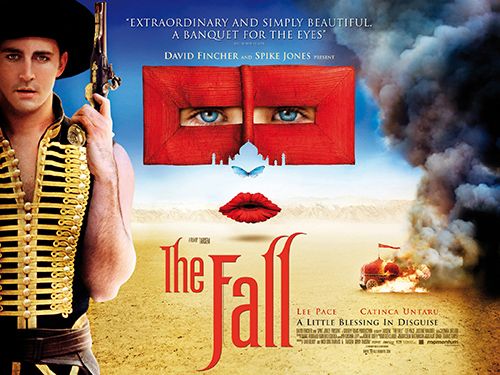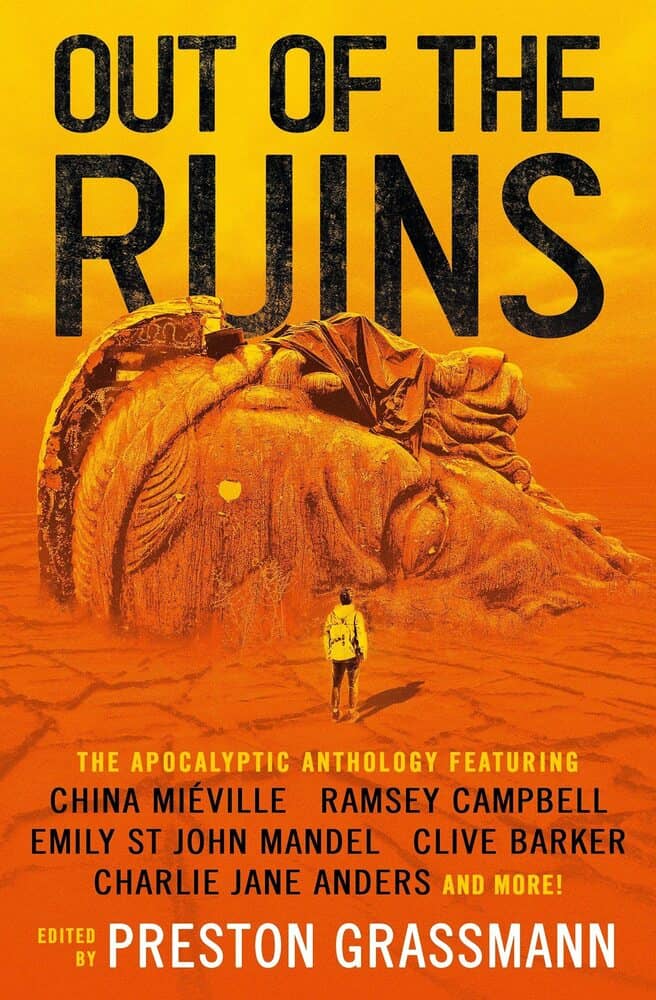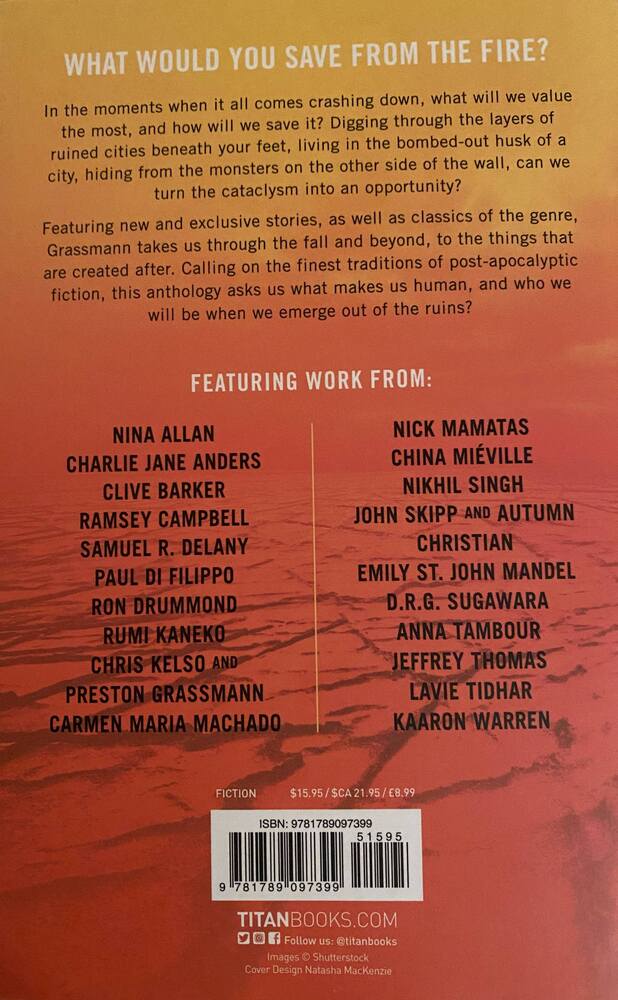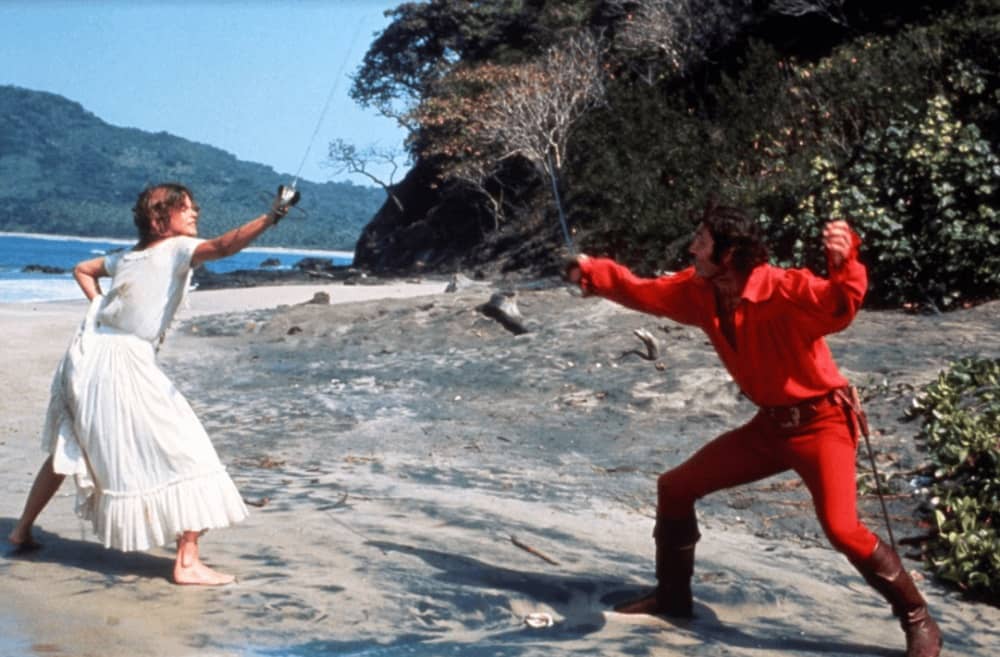New Treasures: The Body Scout by Lincoln Michel
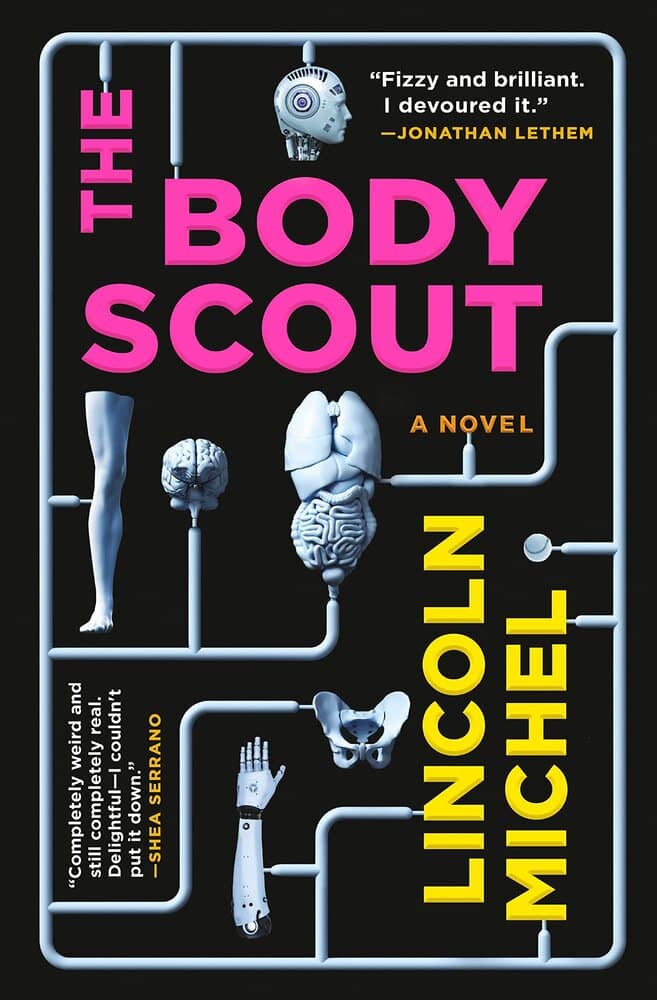 |
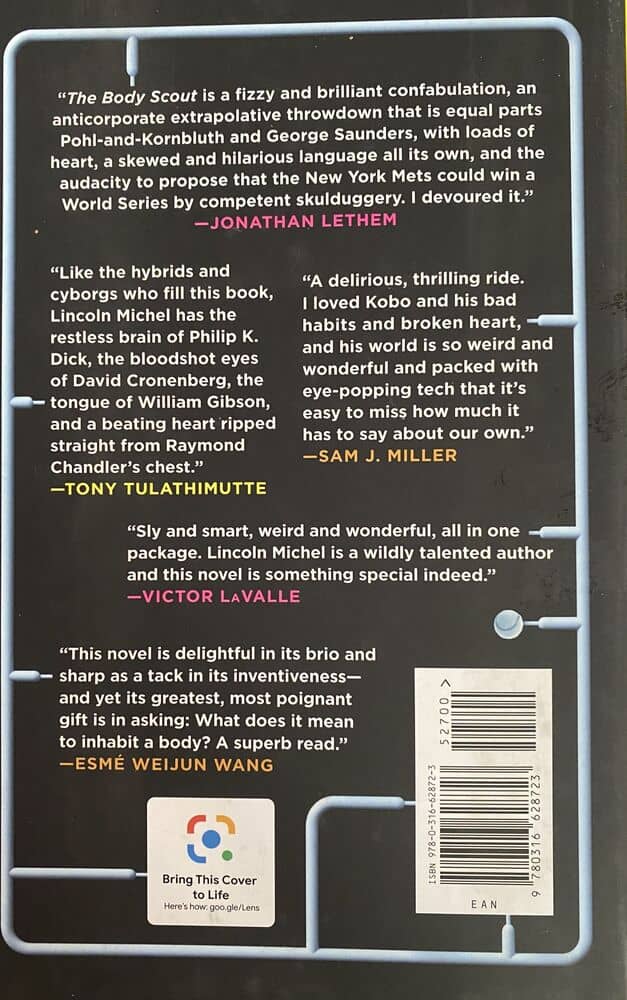 |
The Body Scout (Orbit, September 2021). Cover by Lauren Panepinto
I rejoined the Science Fiction Book Club over fifteen years ago, because it was the only way to get Jonathan Strahan’s fabulous Best Short Novels anthologies. After a corporate shake-up in 2007 led to the retirement of editor Ellen Asher — who’d been at the helm since 1973 — and Andrew Wheeler was laid off, the SFBC sadly stopped producing original anthologies and those delicious omnibus volumes. I miss them.
I’m still a member, even though their Things to Come newsletter isn’t as interested as it used to be. Partly it’s because they choose my novel The Robots of Gotham as a Feature Selection back in 2018 (a dream I’d had since I was a kid). But also because I still discover interesting books through the club that I don’t find anywhere else. Like Lincoln Michel’s debut novel The Body Scout, a near-future SF noir that looks very intriguing indeed. Here’s the description.
